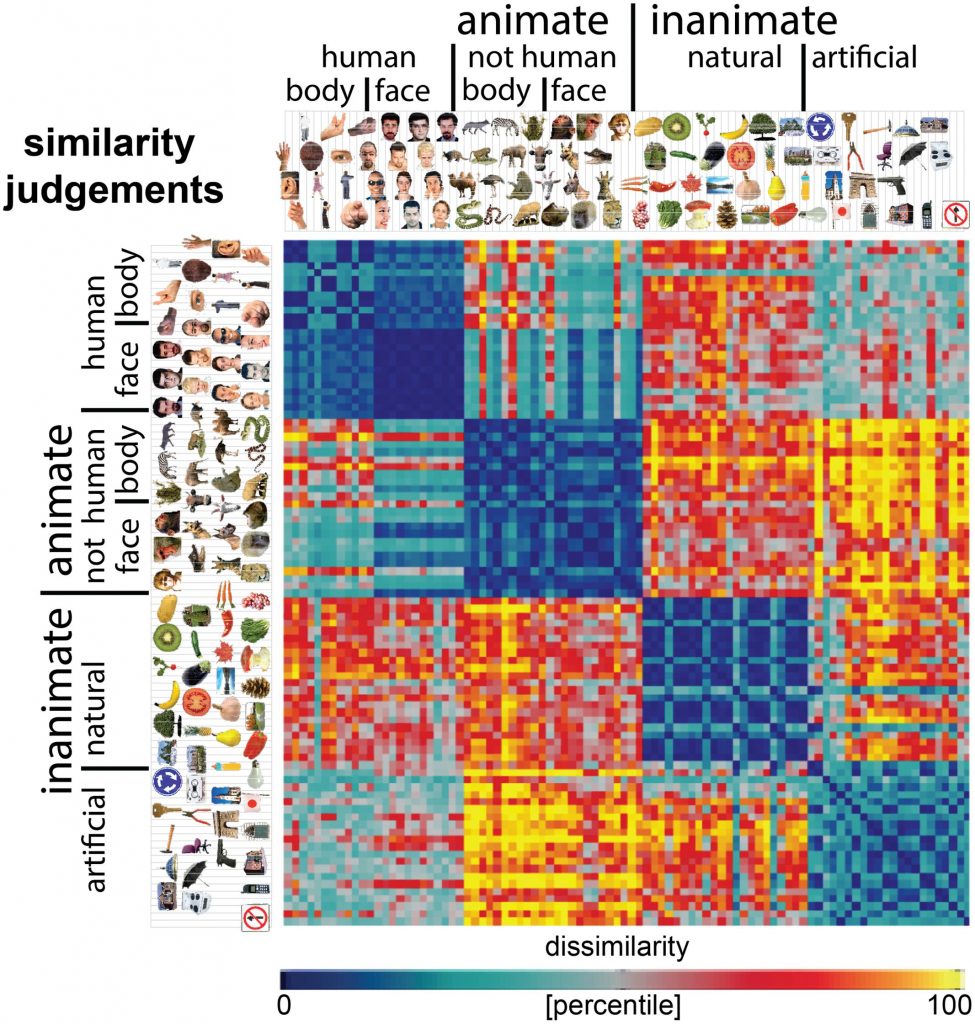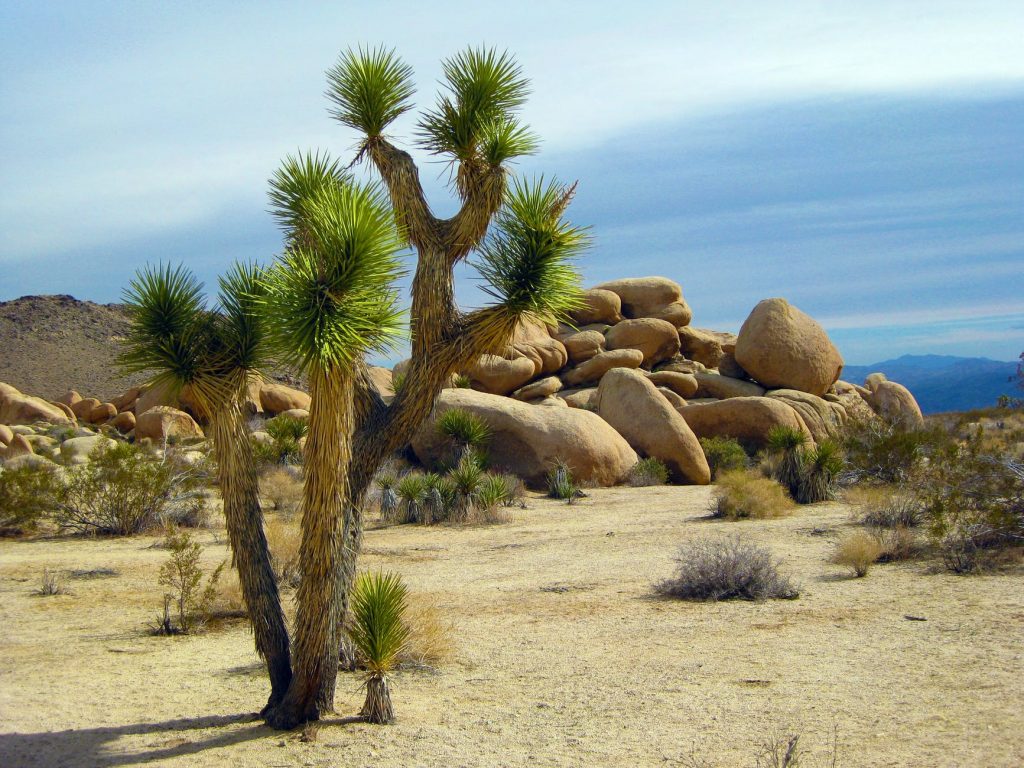Dr Kevin Teoh, Lecturer in Organizational Psychology, discusses burnout and mental health trends in NHS consultants – which is the subject of a new paper, co-authored with Dr Atir Khan, Dr Juliet Hassard, and Dr Saiful Islam.

Not many days go by where there isn’t any discussion on the current state of our National Health Service (NHS) – whether it is increasing patient demands and numbers, concerns around funding, patient safety, or Brexit. However, as one of the largest employers in the world, the changes across the NHS can have significant ramifications for its workforce. In the press, there is increasing concern about how healthcare staff are coping in light of these changes.
One of the main topics of discussion is burnout, which consists of three components – emotional exhaustion, depersonalisation, and reduced personal accomplishment.
Emotional exhaustion refers to being emotionally drained and exhausted in the workplace, while depersonalisation is a psychological withdrawal from relationships and the development of negative and cynical feelings towards people. Reduced personal accomplishment represents a lack of work effectiveness due to emotional exhaustion and depersonalisation.
But why is burnout in the NHS so important? And what are the factors in the work environment that precede it? We sought to examine these questions in a sample of NHS consultants drawn from England, Scotland and Wales. Consultants represent the most senior and well-trained doctors in the healthcare workforce. Through their role as supervisors and educators, they are also pivotal in the development of the current and future healthcare workforce. Far less is also known about the working conditions of consultants, when compared to their junior doctor and nursing colleagues.
We focused on two aspects of work – work-related pressure and autonomy. The first reflects the workload and pressure that consultants are under, with considerable evidence from other sectors that link it with the health outcomes of workers. The latter actually reflects a potential positive work aspect as high-levels of job autonomy may be beneficial to consultants (and workers more generally). This is because job autonomy gives consultants the flexibility to manage their workload, work on tasks which they find more interesting and problem solve.
In addition to the working conditions and burnout relationship, we also wanted to see how these linked in with staff outcome measures, including the levels of depressive and anxiety symptoms that consultants were experiencing as well as their intention to retire early from the NHS.
The results paint a worrying picture. Out of the 593 consultants who took part, about a third of NHS consultants had poor-levels of psychological health, including emotional exhaustion (38.7%), depersonalisation (20.7%), anxiety symptoms (43.1%), and depressive symptoms (36.1%). These figures not only highlight that our consultants are struggling; they also suggest that poor mental health among consultants has increased in the years since they were last measured.
As expected, both aspects of work that we measured – (high) work related pressure and (low) job autonomy – predicted adverse psychological health. But what are the implications of poor working conditions and burnout among consultants in the NHS?
Our findings suggest that the impact on both severe mental health issues (i.e. symptoms of anxiety and depression) and an intention to retire early. This means that when consultants in the NHS experience high work-related pressure and job autonomy, the subsequent development of burnout could lead to more severe downstream issues.
From a psychological perspective, this does make sense. Consultants struggling in an environment where they have little autonomy and high work-related pressure requires energy and coping resources. Continual exposure then takes a toll on consultants’ psychological resources, which leads to burnout over time, as doctors feel exhausted and they depersonalise from the people around them. When doctors burn out, it exacerbates even further this demand on their psychological resources. What then happens is the manifestation of further mental and physical symptoms, such as the development of depressive and anxiety symptoms. Also, consultants may choose to leave that difficult work environment to protect their remaining psychological resources – which is why we see that when consultants report higher levels of burnout they are also more likely to intend to retire early.
While it is important to note that we did not diagnose actual anxiety and depression in our sample of consultants, the measurement of symptoms is strongly associated with it. Consultants struggling with such symptoms are more likely to be impaired in their performance, which is consistent with the growing research evidence base linking poor mental health among doctors with lower standards of patient care. Should the prevalence of depression and anxiety among consultants go up, it would inadvertently increase the demands on the NHS as doctors become patients themselves.
The intention to retire early is something that should be of concern to us all, especially as the NHS is currently facing a shortage of healthcare staff, including consultants. If consultants do go on to retire early, this would not only reduce the number of doctors in the NHS but would lead to a skills gap in the healthcare service. This might then generate a continuous downward spiral where consultants experiencing poor working conditions burnout, leading to the development of more severe mental health issues and/or early retirement from the NHS. In turn, this further increases the demands on the health service that impacts the remaining consultants, thereby continuing this cycle.
Managers and policymakers need to be aware of the current state of poor psychological health of NHS consultants. They also need to recognise that decisions and changes made to the working conditions of doctors (and healthcare staff in general) not only impact their burnout levels. Where it is not feasible to alleviate some of the work-related pressures, then ways to increase the level of consultants’ job autonomy should be considered.
These findings, along with some of our other research in this area, emphasise the need to address the systematic issues within the work environment that influence the working conditions of NHS consultants. Although more individual-focused interventions, such as resilience training, may have a role to play, on its own this is clearly insufficient. In the UK, there has been limited research looking at interventions to manage the working conditions of doctors. Nevertheless, growing research from elsewhere in the world provide some examples that may be relevant to the NHS here.
Ultimately, as potential users of the NHS, the mental health state of consultants and their working conditions really should be of concern to us all.
The full study, Psychosocial Work Characteristics, Burnout, Psychological Morbidity Symptoms And Early Retirement Intentions: A Cross-Sectional Study Of NHS Consultants In The UK, is published by BMJ Open.






 This biophysical framework should not obscure how this region has been transformed by human actions—from agriculture to herding, burning to hunting and deforestation. Such is the scale and diversity of such influences, over millennia, that the region represents an archetypal landscape where humans and their physical and biotic environments have coevolved.
This biophysical framework should not obscure how this region has been transformed by human actions—from agriculture to herding, burning to hunting and deforestation. Such is the scale and diversity of such influences, over millennia, that the region represents an archetypal landscape where humans and their physical and biotic environments have coevolved.